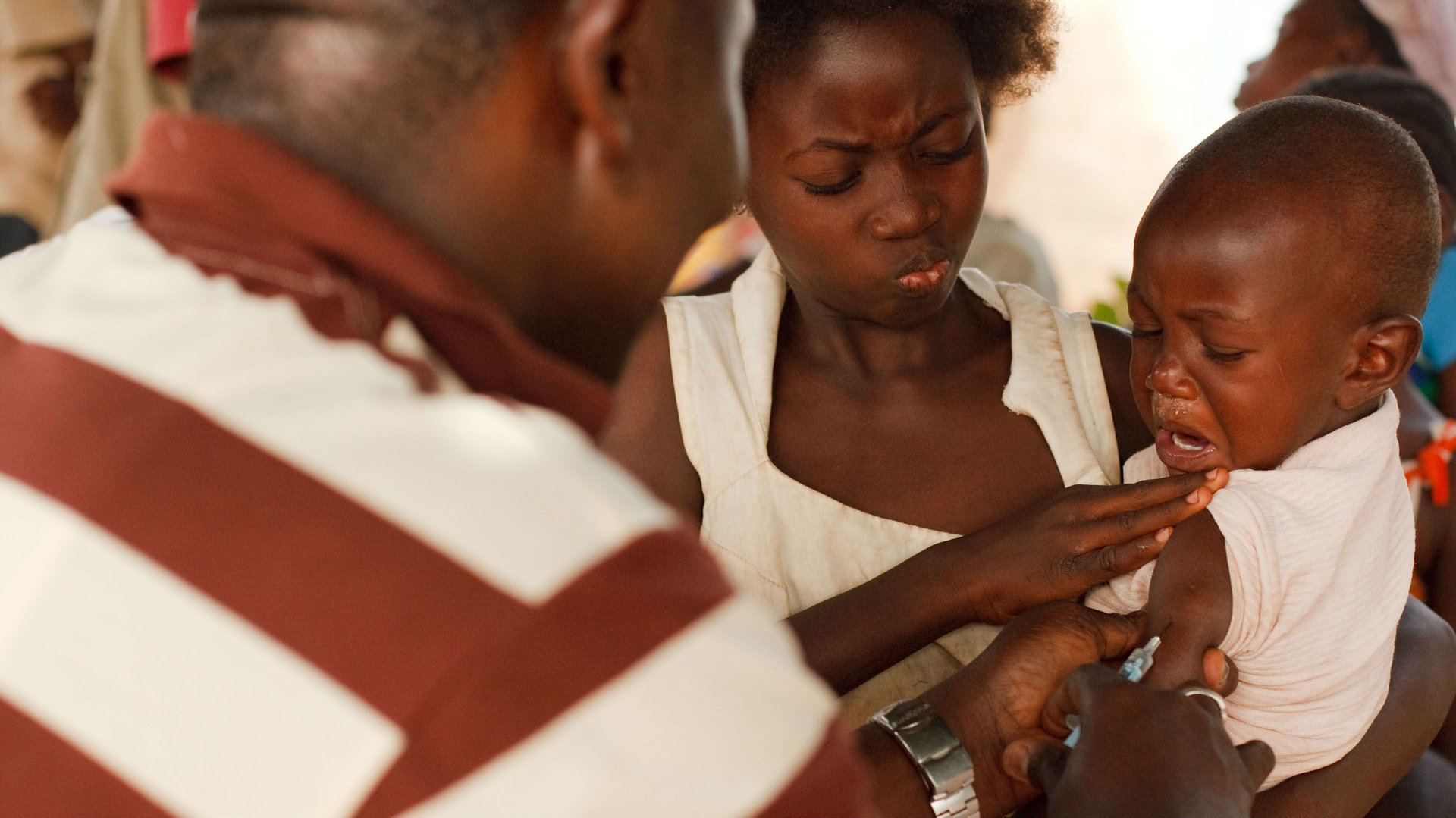The world is running short of yellow fever vaccines—and millions are at risk
Until the early 20th century large epidemics of yellow fever erupted routinely in Africa, Europe and the Americas, killing hundreds of thousands. The viral disease, spread by a mosquito, is fatal in about 20% cases—making it a serious threat for about 900 million people living in the 45 countries where the virus is present. While yellow fever cannot be eliminated from the wild and there is no cure for it, immunizing at least 70% of the population in at-risk areas effectively eliminates the risk of outbreaks, a goal that had been reached in the decades following the introduction of the vaccine in the 1930s.


Until the early 20th century large epidemics of yellow fever erupted routinely in Africa, Europe and the Americas, killing hundreds of thousands. The viral disease, spread by a mosquito, is fatal in about 20% cases—making it a serious threat for about 900 million people living in the 45 countries where the virus is present. While yellow fever cannot be eliminated from the wild and there is no cure for it, immunizing at least 70% of the population in at-risk areas effectively eliminates the risk of outbreaks, a goal that had been reached in the decades following the introduction of the vaccine in the 1930s.
The immunization coverage, however, has not been maintained, and there are currently an estimated 200,000 cases of yellow fever ever year, with 30,000 deaths. Of 17 high-risk countries, 14 are in Africa, where 90% of the cases and deaths occur, while between 1933 and 1961 the high vaccination coverage had successfully wiped out the epidemic in West and Central Africa.
The resurgence of yellow fever in Africa is a classic tale of complacency: not only the routine immunizations aren’t kept up with the required levels, but the vaccine supply doesn’t match the world’s requirements. According to UNICEF (pdf, p.2), the world needs about 64 million yellow fever vaccine doses, but only 35 million are produced—42% under the required quantity.
In 2003, an emergency stockpile had been created by the World Health Organization (WHO) and the Global Alliance for Vaccine and Immunization (GAVI) to provide six million emergency doses per year. The quantity, however, is not enough to make up for the shortage of doses—nor is the role of an emergency stockpile to routinely make up for the lack of production.
While highly effective—a single dose protects 99% immunized patients for 35 years or more—the yellow fever vaccine is relatively complex to produce, and there are currently only four facilities—in Brazil, Senegal, Russia, and France—equipped with the required technology.
Orin Levine, who directs the vaccine team of the Gates Foundation points out the situation is rather telling of the general attitude towards diseases that are being kept under control through, albeit in need of continued immunization efforts. “Nobody was looking after it until we didn’t have as many doses as we needed,” he told Quartz.
The good news, however, is we’re still in time to fix this—and with a relatively small investment. Just recently, Levine said, the Gates Foundation has invested to both ensure the lifeline of the Institut Pasteur de Dakar, the manufacturer of vaccine in Senegal, and to increase the dosage: “$1.6 million—that’s all it took to help maintain the supply,” Levine told Quartz.
It’s a good first step, but not enough to successfully solve the shortage—until the supply exceeds the world demand of vaccines, and the system is equipped to produce enough doses even in extreme cases (for instance, if one factory closed), the alert needs to stay high.